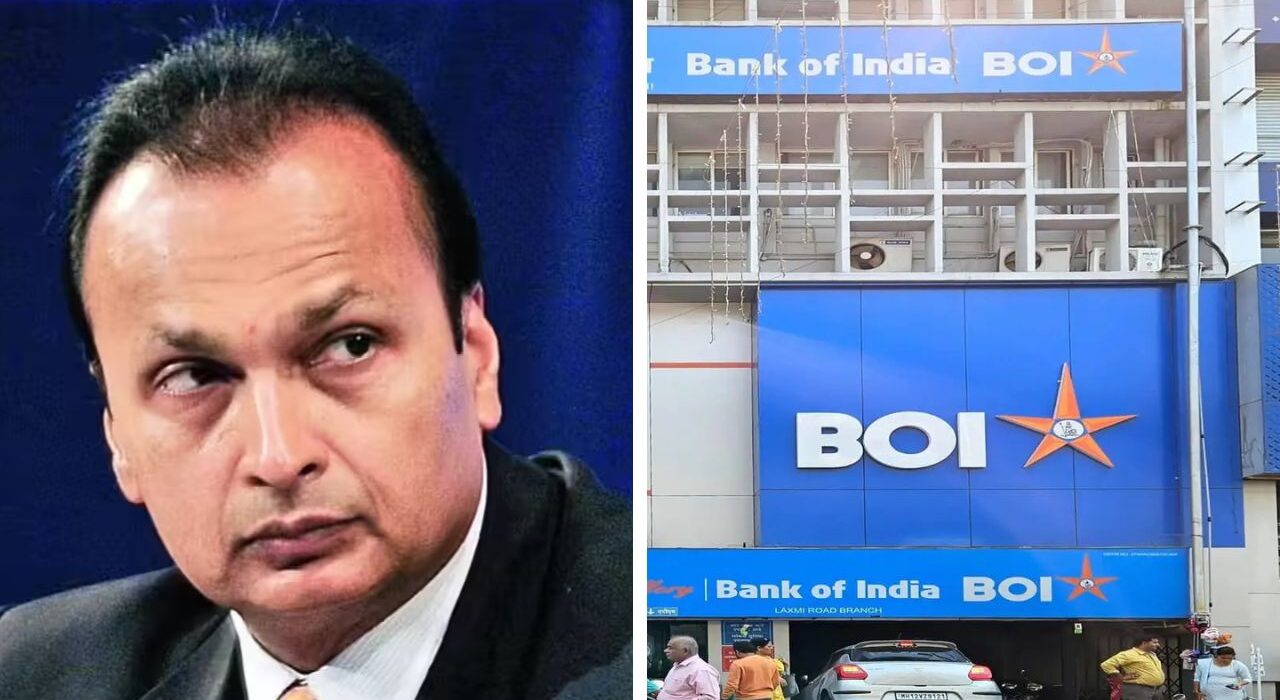Days after the State Bank of India (SBI) labelled Anil Ambani’s Reliance Communications’ (RCom) accounts as fraud. The Bank of India (BOI) also categorised the loan accounts of the company, its promoter Anil Ambani, and Reliance Telecom as fraud.
BOI state Anil Ambani’s RCom as fraud
The bank accused them of misusing funds and breaking loan conditions. In its filing, RCom mentioned it received a letter from BOI dated August 8 that arrived on August 22.
In the notice, BOI stated that the loan accounts of RCom, Anil Dhirajlal Ambani, and Manjari Ashik Kacker were marked as fraud, with an outstanding loan of Rs 724.78 crore. The bank pointed out that the account became non-performing (NPA) in June 2017, and despite multiple follow-ups, the borrowers and guarantors did not repay the dues.
“The account of the borrower turned NPA on 30.06.2017 with an outstanding of Rs 724.78 crore. The bank has been following up with the borrowers and guarantors for repayment of dues; but, they have failed and neglected to pay,” BOI said.
Total loan of Rs 31,580 crore borrowed by Reliance communications
BOI also sent a similar notice to Reliance Telecom Limited, designating its account as fraud, along with the accounts of its directors. This notice was related to a fraud of Rs 51.77 crore. Other individuals linked to the case include Gautam Bhailal Doshi, Dagdulal Kastruchand Jain, and Prakash Shenoy.
Anil Ambani’s RCom and its subsidiaries borrowed a total of Rs 31,580 crore from various banks. Meanwhile, the Central Bureau of Investigation (CBI) has stepped up its investigation. On Saturday, officials searched two locations in Mumbai, which included Anil Ambani’s home and the RCom office.
This action is part of a new case of alleged bank fraud worth Rs 2,929.05 crore, registered on August 21 after a complaint from SBI. The complaint accused RCom, Anil Ambani, unidentified public servants, and others of cheating the bank by misrepresenting information to secure loans.
Read also: CPL 2025: New Format Incentives for On-Time Over Bowling Introduced and Their Impact
